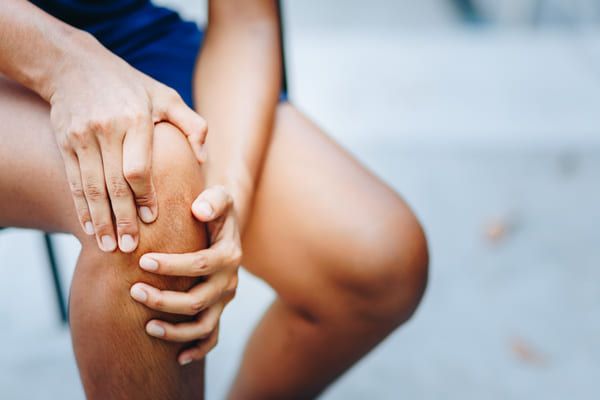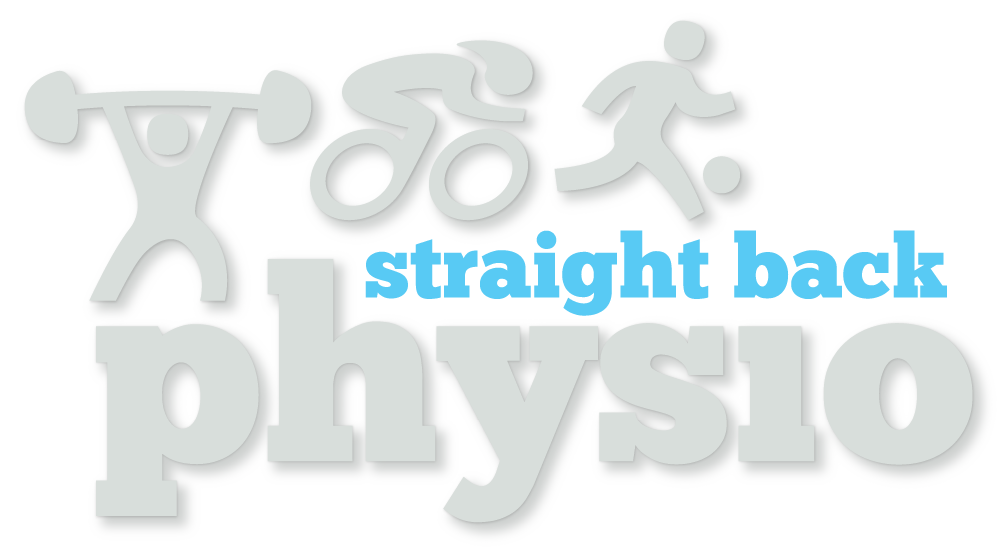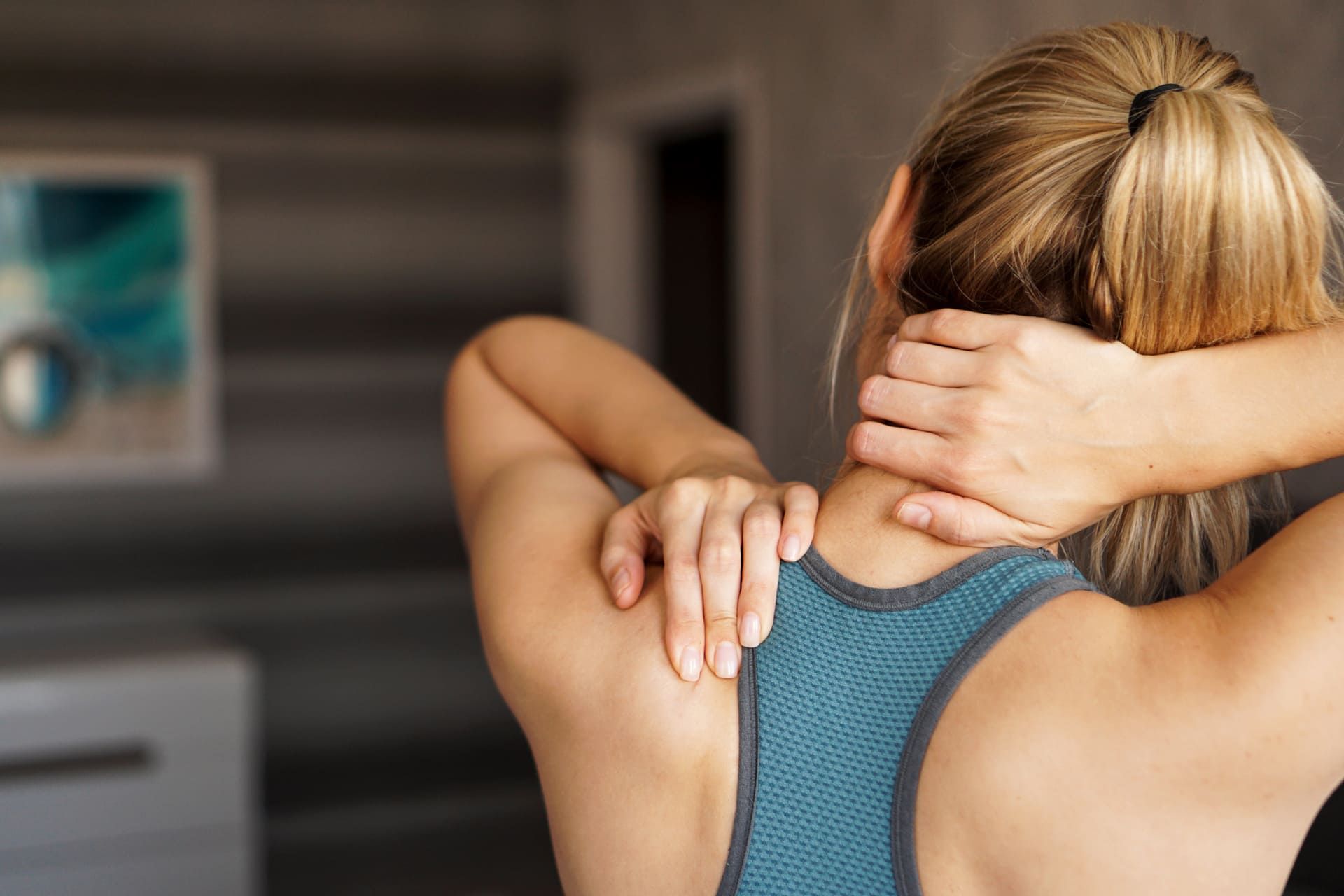physiotherapy and Pilates in Cheltenham
unlock your body's potential, in our cheltenham pilates studio
what is physio-led pilates
Physio‑Led Pilates at Straight Back Physio offers a unique blend of physiotherapy and Pilates, helping patients recover from injuries, manage chronic pain, improve flexibility, and enhance overall wellbeing in a safe, personalised way.
Is it Right For Me?
- Rehabilitation and recovery - Pilates minimises stress on joints, making it suitable for post‑injury or post‑operative recovery plans where the emphasis is on graded load, alignment, and controlled safe recovery.
- Chronic pain - Perfect for chronic pain sufferers because it increases muscle strength through low impact and controlled floor based exercises which can be adapted to suit your ability and needs..
- Sports Performance - Runners, weightlifters, and even desk‑bound professionals also benefit due to the workout's enhancements of muscle strengthening, lengthening, and mobilization. Studies suggest it improves certain athletic skills, such as muscle strength, muscle mass, speed, and more.
Common Conditions Physio-Led Pilates Can Treat
- Back pain and disc injuries
- Shoulder and rotator cuff injuries
- Knee and hip replacements
- Sports injuries such as sprains and strains
- Postural imbalances and repetitive strain injuries
Benefits of Physio-Led Pilates
- Tailored Rehabilitation and Injury Recovery - Our physiotherapist designed exercises are specifically suited for your rehabilitation and injury recovery needs. With their deep understanding of anatomy and movement mechanics, they create rehabilitation pilates exercises and provide personalised guidance to help you strengthen weakened muscles, improve joint mobility, and enhance overall functional capacity.
- Personalised Core Strength and Stability Training - Core strength is foundational to overall physical well-being, impacting posture, balance, and movement efficiency. Our private sessions place a strong emphasis on developing your core strength and stability through a series of controlled movements and exercises, tailored to your unique needs. This focused approach not only alleviates back pain, but also enhances overall body stability and balance.
- Customised Flexibility and Range of Motion Improvement - Physio-led Pilates at Straight Back Physio includes dynamic stretching and controlled movements to promote flexibility and increase your range of motion. Our physiotherapists customise each session to target specific muscle groups or areas of stiffness, facilitating improved flexibility without compromising joint integrity. Enhanced flexibility reduces the risk of injuries and enhances overall mobility.
- Effective Pain Management and Prevention - Chronic pain, often stemming from muscular imbalances or poor movement patterns or false beliefs about your pathology, can significantly impact daily life. At Straight Back Physio, our Physio-led Pilates sessions address the underlying issues contributing to your pain. Through graded exposure, targeted corrective techniques, we help improve your posture, alignment, and muscle balance, providing relief and preventing recurrence.
- Enhanced Mind-Body Connection and Stress Reduction - Pilates emphasises mindfulness and body awareness through focused breathing and controlled movements. Our private sessions provide a supportive environment for you to connect with your body, fostering relaxation and stress reduction. The mindful approach to Pilates enhances mental clarity, reduces anxiety, and promotes overall well-being.
What To Expect
Booking a 1:1 Physio-led Pilates session at Straight Back Physio offers a comprehensive approach to fitness, rehabilitation, and overall well-being. By integrating the expertise of our physiotherapists with the core principles of Pilates, you can reap the benefits from improved strength, flexibility, pain management, and stress reduction.

“Straight back Physio has helped me enormously over the years with various niggles I’ve picked up playing squash. They find and address the problem quickly, then set a fantastic programme where I come away feeling stronger than before I got injured. Great physios - would highly recommend.”
Matt, Google review
Types of injuries physio-led pilates can treat
pilates for sore lower back
Lower back pain and sciatica can significantly impact daily life. Pilates has emerged as an effective and holistic solution for managing this discomfort.
Pilates focuses on strengthening the deep abdominal muscles and the pelvic floor, which provide essential support to the spine and help alleviate pressure on the lower back. The exercises enhance flexibility in the spine and surrounding muscles, reducing stiffness and discomfort. Pilates teaches proper alignment and body mechanics, which can help prevent future back pain by promoting healthier movement patterns.
A Pilates program will build core strength, rebalance chronically stressed musculature and restore vital circulation, all reasons why people with back pain find relief!
pilates for Knee pain
Your knee joints are one of the most important joints in your body, they help you carty out daily activities like going up and down stairs. Pilates can help to improve alignment, strengthen the core, and improve flexibility, and mobility to relieve pressure on the knee joints.
"Most knee pain originates from somewhere else," says Sarah, our certified Pilates at Straight Back Physio. "Muscle imbalances and weakness, especially in the hips and core, can cause poor biomechanics that put unnecessary stress on the knees," she says. Whether walking your dog or bending to pick up groceries, continuing to perform these movements with poor biomechanics can make your knees feel like you spent hours pounding the pavement.
Pilates is one of the most effective ways to build and develop strong, healthy knees because it strengthens the muscles around the knee and helps with patella tracking. By focusing on core activation Pilates can help 'de-weight' the joints of the lower body, and in turn help with knee pain.

pilates for shoulder pain
Strong shoulders are key for everyday life and are often not thought about enough. Resting the shoulder after an injury is often not the best form of treatment, and usually only provides temporary relief. At any given time it is estimated that 20% of us experience pain related to the shoulder.
Pilates works by activating and strengthening the primary stability muscles of the shoulder joint, the rotator cuff. Pilates exercises incorporate correct shoulder placement to strengthen the rotator cuff muscles, decreasing the stress on the shoulder joint, reducing the chance of injury.
Increased rotator cuff strength reduces the load on the shoulder joint and other important structures such as supporting ligaments and tendons, leading to a reduction in pain. Pilates also retrains postural muscles, improving whole body alignment and reducing risk of new and recurrent episodes of shoulder pain.
pilates after surgery
Recovering from surgery can be a challenging, requiring a comprehensive and personalised approach to regain strength, mobility, and confidence.
Post-surgery Pilates integrates physiotherapy with controlled, low-impact exercises tailored to your specific needs. This approach ensures a safe and effective transition through each recovery phase.
By targeting muscles around the surgical site, Rehabilitation pilates helps protect the area and promote functional movement. Improving joint mobility is critical after surgery. Gentle stretching exercises in Rehabilitation Pilates are designed to restore flexibility and range of motion, aiding patients in regaining natural movement patterns.
Reducing pain and stiffness is achieved through improved circulation and gentle muscle relaxation. Rehabilitation pilates relieves discomfort and minimises the risk of post-operative complications like muscle tightness.

Book now
At our Pilates studio in Cheltenham, Gloucestershire you can trust that your exercises will be conducted safely, effectively tailored to the appropriate level for you under the expert guidance of an certified pilates instructor who is also an experienced Physiotherapist.
Recover faster, our chartered physios can usually get you back to redoing the activities you can't do now within 4 to 8 sessions.
We understand that some people may want to find out a bit more about the cost before they book an appointment at our physiotherapy clinic. Our unique
save as you recover packages can save you up to 20% on the cost of a single session.
Insured
For insured clients we can either work directly with your insurance provider or offer receipts for cash-based plans, allowing you to reclaim your expenses.
Not Covered by Insurance
If you want see the best physiotherapist in your area, feel free to book an appointment at our Cheltenham physiotherapy clinic without needing a referral from your GP.
Why Choose Us
No other local physiotherapy clinic can match our level of expertise and rehabilitation services, thanks to our extensive experience and in-house gym facilities. You'll receive the full benefits of physiotherapy through a tailored combination of interventions designed to guide you on your path to recovery.



